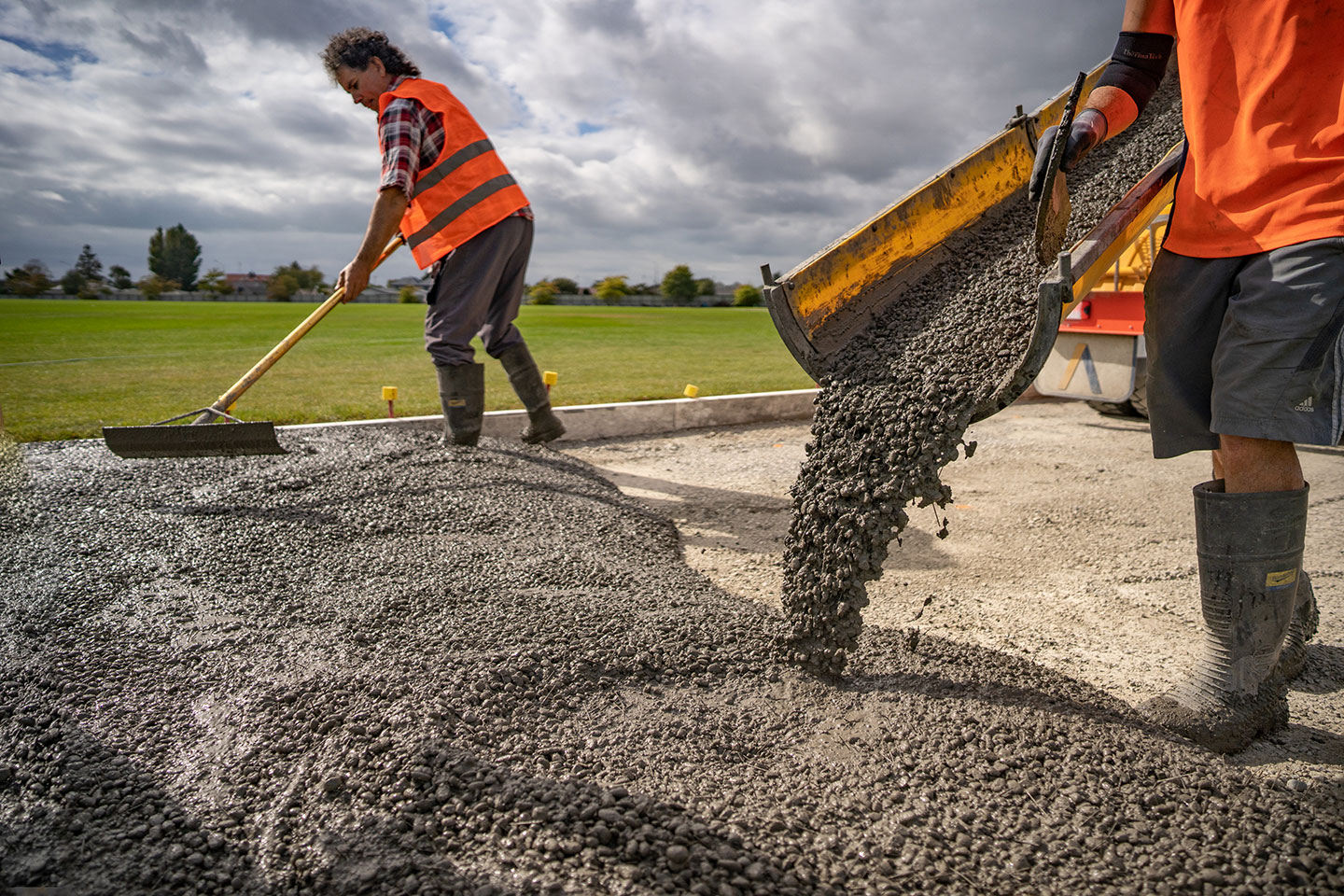Managing a Concrete Pour
A Guide to Managing a Concrete Pour, and Getting the Best Results From Your Concrete

A Guide to Managing a Concrete Pour, and Getting the Best Results From Your Concrete


"*" indicates required fields